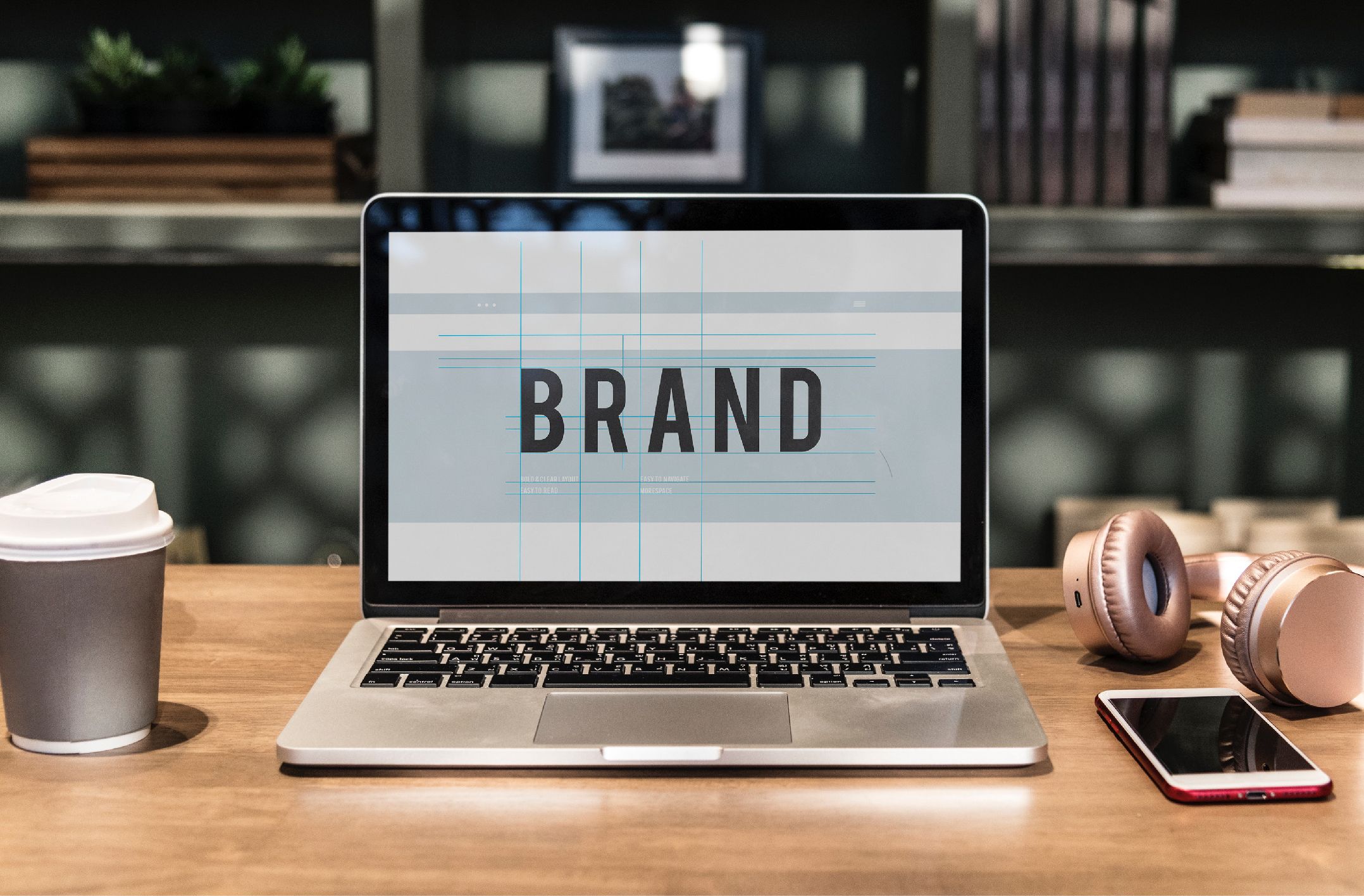Your logo and brand identity are an investment. When you invest your time, money, and resources into the creation of your logo and brand identity, you are creating a valuable asset that your business will use and should appreciate over time. One of the best ways to help your investment grow and see your asset appreciate is through the use of a brand identity style guide.
A brand identity style guide is a set of rules, guidelines, and suggestions on how to use your logo, typography, colors, patterns, and textures that create your brand identity in ways that help influence your brand.
Your brand identity style guide outlines the specific colors, typography, usage, spacing, pattern and texture usage, image treatment, and the like as you use these elements to market your business.
When you think of your brand identity style guide as a guidebook, or set of rules and design principles in which your logo and brand identity are to be used, it acts as an insurance plan. It helps to protect your brand identity and the visual assets that you’ve invested in as you proceed with leveraging your new brand identity.
Designers, like myself, encourage the use of a brand identity style guide to help protect your logo and brand identity investment and allow you to get the best return on investment from your logo and brand identity assets. You’ve spent a great deal of time, money, and energy into the creation of your logo and brand identity, and a brand identity style guide allows your investment to appreciate and increase your return on investment (ROI) as you start to use it.
Now that we understand what exactly a brand identity style guide is and how it helps to protect and appreciate your investment, let’s go over some of the benefits of having one.
Makes working with your logo and brand identity a breeze
It’s one thing to have a logo, but it’s quite another to actually put your logo to work and use it in the best way possible.
A brand identity style guide outlines exactly how your logo and brand identity should be used, taking out the guesswork as you start creating your marketing messaging and collateral.
When you know exactly how your logo should look in all environments, what typography should be used and how, and know your color codes (among other things), it takes the guesswork out of how it should be done. Not only that, a brand identity style guide acts as your pocket designer, telling you the best ways to use your logo and brand assets.
Outlines the dos and don’ts
Not only does using a brand identity style guide tell you the best ways to use your logo, colors, typography, etc., it also outlines the most likely ways in which you may want to use your logo and the ways that are not ideal and should be discouraged.
Your brand identity style guide includes do’s and don’ts for your logo usage, color schemes, typography types, pattern and image treatment, and the like, which is helpful for when you need to use your logo. It’s crystal clear exactly the best ways to use your logo, without wasting time figuring it out as you go.
Your logo and brand identity will be consistent no matter where it is found
Probably one of the most important reasons a brand identity style guide is created and used is to help keep your branding or brand identity consistent. How many times have you seen someone use their logo, only to see the shade of blue or red be different in every application?
Using a brand identity style guide keeps everything you use your logo on consistent. You should end up using the same exact colors, same typeface, same spacing, same patterns, etc. each time a piece of your collateral is created. No more different shades of blue throughout your materials.
Keeps a professional appearance
This goes hand in hand with the benefit listed above. When you take care in using a brand identity style guide when putting your logo to work, you are keeping consistent usage of your brand identity intact.
When your brand idenitty is consistent across all media, you start to establish your professional appearance that will directly influence your brand in the eyes of consumers.
Consumers start to build trust with companies that take care of the little details. While your professional brand identity appearance is not a little detail, it starts to establish trust in knowing what you’re doing and consumers can sense that as they start forming opinions of you for your brand. Keeping a professional appearance is key to being able to influence your brand.
Never need to make up design rules as you go
Finally, and as hinted above, when you no longer have to guess how to use your logo in a particular use case, you start freeing up your mind, your time, and the decisions that need to be made in order to create the marketing pieces and collateral you need for your business.
Not only does taking the guesswork out of your brand identity usage frees you from time or brainpower wasted, it helps all the other benefits outlined as well: keeps your brand identity consistent, keeps you from doing a “don’t” of your brand identity, and allows you to maintain your professional appearance.
Conclusion
Brand identity style guides are an important asset to your brand because they help you with using your logo and brand identity, keeping consistently throughout, giving you a professional appearance, and never needing to make up the rules as you go.
When you or your hired design professional (like myself) use your brand identity style guide, it protects your investment and increases your return on your investment.
Using a brand identity style guide sets your logo and brand identity toward a path of increased ROI and appreciation, along with better influence in the marketplace and on your brand.


